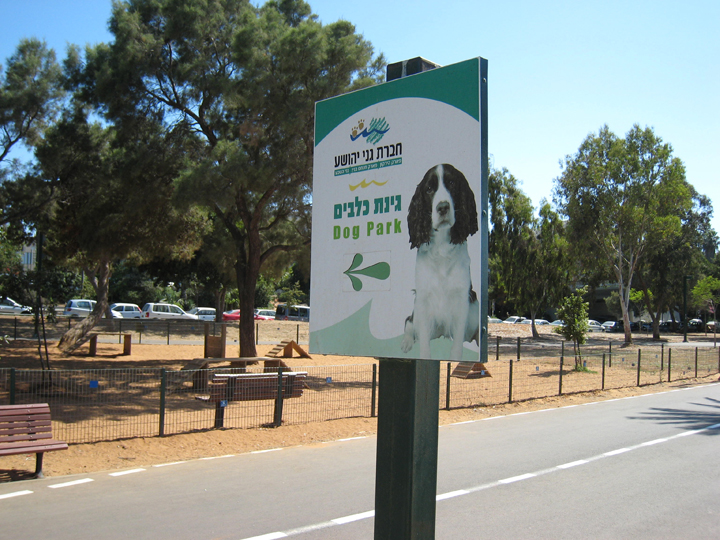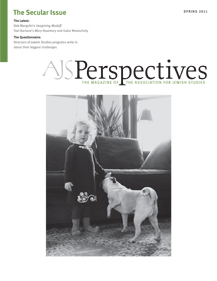
In order to appreciate the dimensions of the contemporary Jewish embrace of dogs, we must consider the roots of the traditional antipathy toward them. According to religious historian Sophia Menache, monotheism in general was bad for dogs. She argues that "warm ties between humans and canines have been seen as a threat to the authority of the clergy and indeed, of God." Human attachment to dogs, she explains, "bestows a sense of complete mastery, and in consequence, may bring about higher self-esteem" that threatens the submission of the faithful to God. With regard to the Jewish tradition, Menache points out that the Hebrew Bible's antipathy toward dogs is evidence of anxiety about the remnants of polytheism, particularly the animalworshipping, dog-loving cults of the ancient Egyptians. The Hebrew Bible mentions dogs thirty-two times, mostly referencing them as filthy, despicable, dangerous creatures to be shunned and avoided. In Rabbinic literature, the Biblical stance toward dogs softens somewhat, and dogs are differentiated into "good and evil," though even good dogs should be "chained during the day and freed only at night when suspicious people walked the streets." Interestingly, the rabbis advised that widows particularly should be urged not to keep dogs in order to prevent the possibility of bestiality. Gradually, Menache observes, keeping dogs not only became identified with the "reprehensible behavior" of the Gentiles, it "alienates Jews from the love of God, an absolute verdict that left no room for further considerations." This traditional revulsion toward dogs remains strong amongst many religious Jews today, whose cultural practices continue not only to maintain it, but perhaps intensify it, particularly as dog-loving becomes more widespread and prevalent amongst secular Jews.
Of the new possibilities created by the transformation of the Jewish relationship to dogs, consider how life in prestate Palestine would have been different had not secular Jews overcome their traditional fear of them. During the Mandate period, dogs served Jews as guardians, watchdogs, and police dogs, performing crucial functions in tracking intruders, finding explosives, and protecting settlements and individuals. In order to perform these functions, dogs had to be trained, tolerated, and taken care of by Jews, many of whom had no positive or direct experience with dogs. (Of course, divisions between Western and Eastern European Jews were reproduced in dog-keeping practices at the time, with bourgeois Western Europeans being significantly more accustomed to living and working with dogs than their Eastern counterparts). The Jewish use of dogs at this time mirrored those of the British, who used dogs extensively as part of their overall efforts to control and terrorize the Palestinian population. Not only did this common canine culture form a bridge between the British and Jews, it provided a technological advantage against the Palestinians who, of course, possessed deep cultural aversions to dogs that prohibited their use and added to their fearsomeness. It is difficult to know exactly what the local Arab population thought about the new canine cultures and Western, dog-keeping habits that emerged in Palestine with the arrival of the British and the Zionists, but it is not difficult to speculate. Dogs were an essential part of the colonial strategy to terrorize and control the local population. Since they were often the explicit object of canine pursuit and aggression, local Palestinian perceptions of colonial dogs and dog-keeping were undoubtedly negative in the extreme. More so, since we know that dogs are understood as sources of impurity in Islam and are stigmatized by Islamicate cultural traditions that have developed deep aversions to them based on interpretations of Quranic verses that designate dogs as unclean animals.
The new, positive relationship between Jews and dogs not only created military advantage in pre-state Palestine, it continues to shape social life in Israel in ways that are largely taken for granted. While the traditional Jewish religious antipathy toward dogs remains steadfast, the secular Jewish embrace of dogs, a very recent phenomenon in Jewish history, has arguably safeguarded—and transformed—Jewish life in Israel. Indeed, dogs are ubiquitous in contemporary Israel, be they pets, service dogs, police dogs, army dogs, show dogs, or stray dogs. There is a welldeveloped canine infrastructure in Israel, with codified dog laws regulating dog behavior and ownership. There is an active humane society and a state-sponsored network of animal shelters in every major city. Israel boasts a well-developed organization of pedigree dog clubs, managed by an active Israel Kennel Club. The K9 unit of the Israeli army, Oketz, is an internationally recognized, top-secret military powerhouse; it continues the work that began in the prestate period to use dogs to find explosives, patrol territories, and perform other nefarious military tasks essential to the security of the state. Israelis are at the international cutting-edge of service-dog training, in which dogs perform a variety of life-maintenance functions for the blind, disabled, and wounded. Moreover, therapy dogs provide immeasurable solace to the infirm and elderly. In contemporary Tel Aviv, the social activities of dog walking, sitting in dog parks, and otherwise tending to the needs of one's pet dog are a constant assertion of normaliyut (normalcy) in an otherwise tense society. This mundane sense of well-being, elusive in the best of times, would have been even more out of reach for many contemporary Israelis had Jews not transformed their relationship to dogs.
Thanks to Levi-Strauss, it is an anthropological axiom that "Animals are good to think with." The emerging interdisciplinary field of anthrozoology, or human-animal studies, extends Levi-Strauss's insight to open up entirely new ways of considering how the bonds between humans and animals are culturally transformative. Certainly the cultural manifestations of the new Jewish kinship with dogs offer myriad possibilities for further study.

